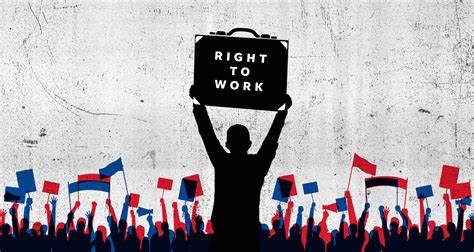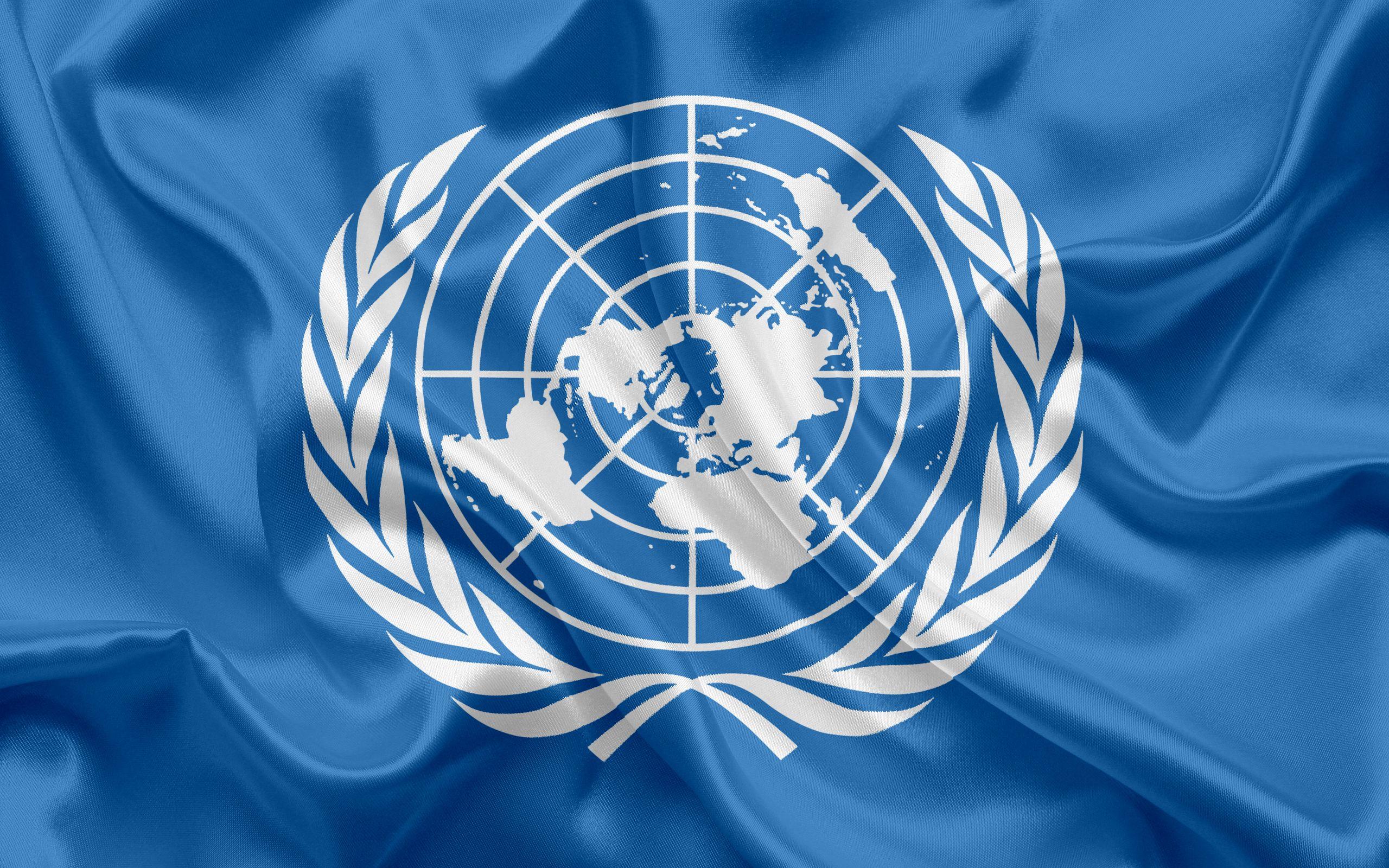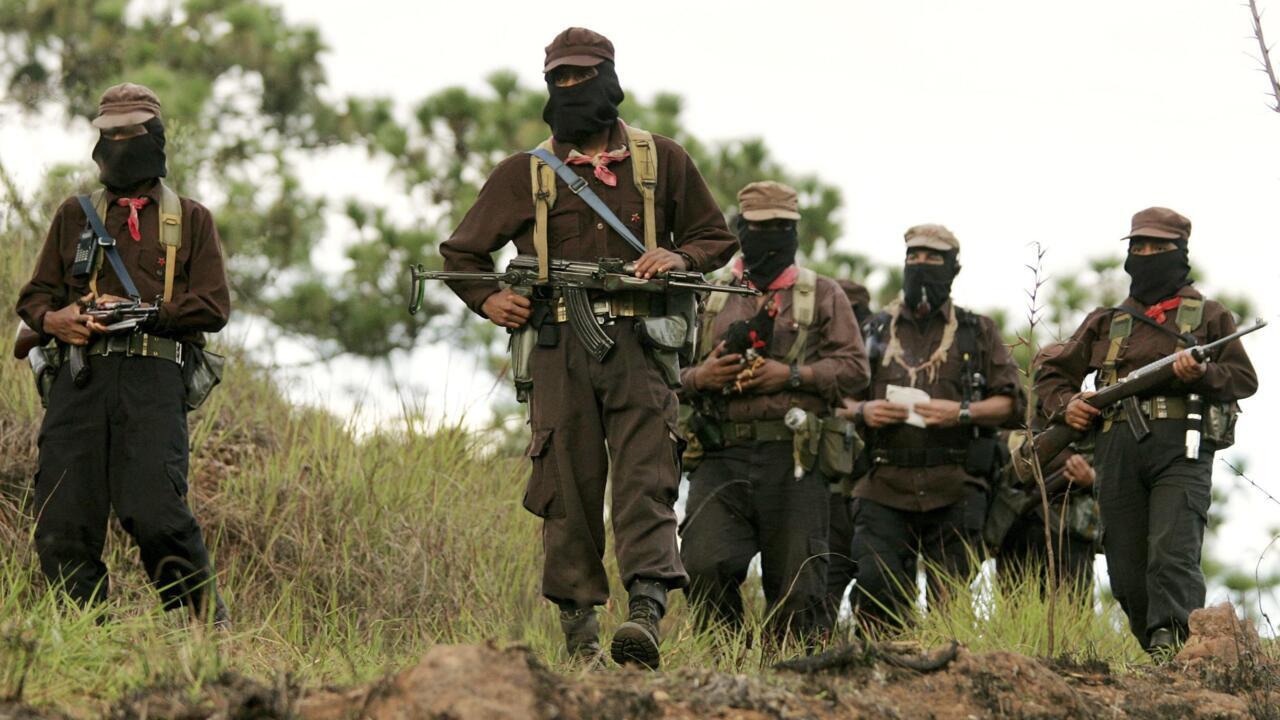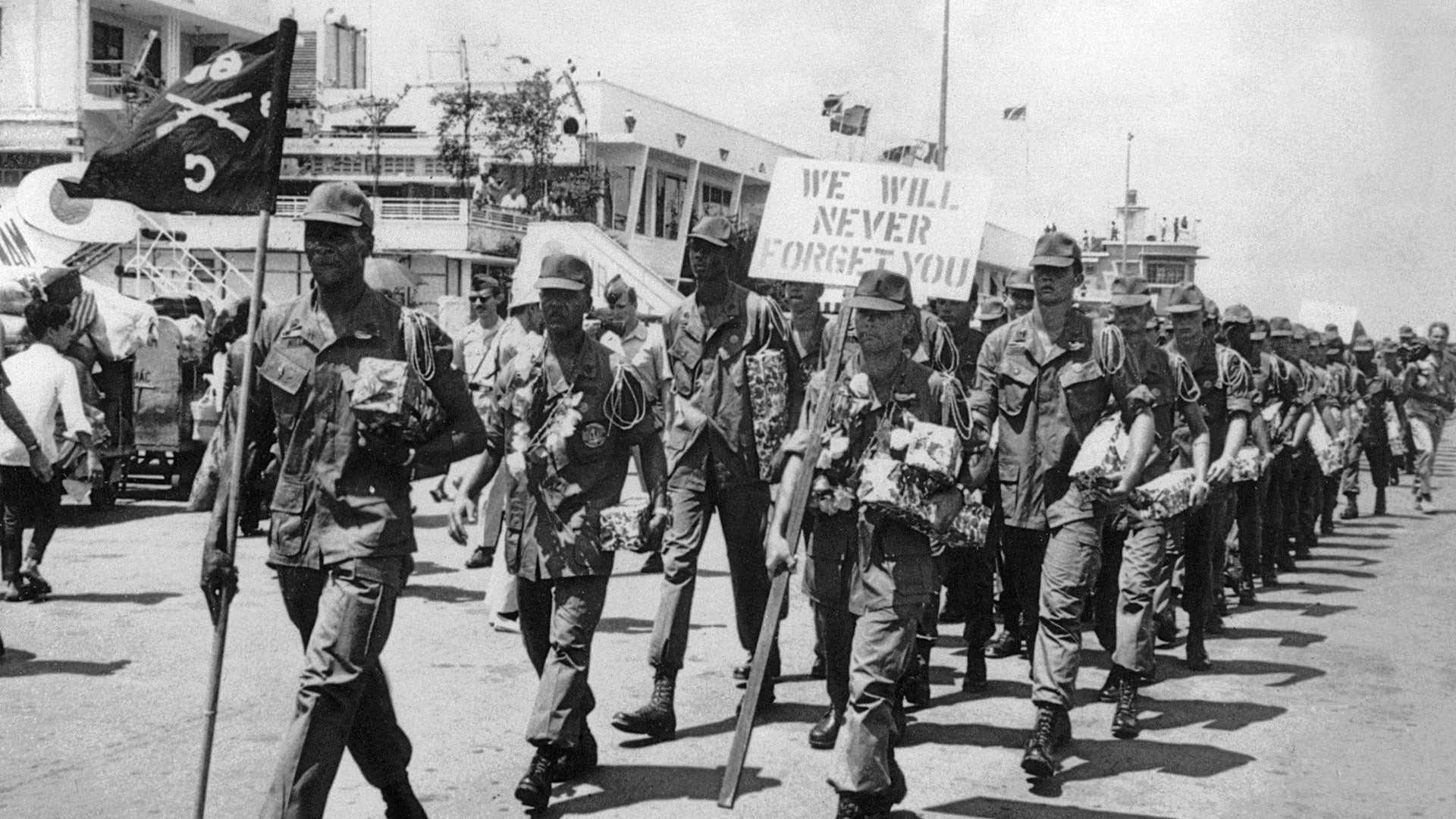
The Universal Declaration of Human Rights (UDHR), adopted in 1948, acts as a worldwide framework for the preservation and enhancement of human rights. Article 23, which promotes the “Right to Work,” is the most important of its 30 articles. It highlights that everyone is entitled to employment, freedom of choice in their line of work, good working conditions, and unemployment insurance. However it is critical to both human dignity and financial stability, this right is not always realised in all nations because of cultural, political, and economic differences. The prevalence and difficulties of the “Right to Work” in Yemen, Afghanistan, Syria, Iraq, Qatar, Madagascar, the United Arab Emirates, Iceland, the Netherlands, India, Pakistan, and South Korea are examined in this article, along with their particular situations and strategies.

A wide range of economic, social, and political situations are represented among the countries considered for this study, reflecting the many difficulties and achievements in adopting the “Right to Work” into practice. Countries plagued by conflict, like Yemen, Afghanistan, Syria, and Iraq, serve as examples of how instability and violence weaken labour markets and reduce job possibilities. Economically thriving countries like the UAE and Qatar show how difficult it is to strike a balance between labour rights and prosperity, especially for migrant workers.
Developing nations like Madagascar, India, and Pakistan serve as examples of the difficulties in tackling unemployment in agriculture or quickly expanding economies. At the very least, economically prosperous nations like South Korea, Iceland, and the Netherlands are prime examples of strong labour laws and their effects on the general welfare of society. A comparative study of the structural and systemic variations is made appropriate by this wide data collection influencing the realization of Article 23 of the UDHR. Significant disparities across these countries may be seen when looking at the ratio of males to women in the workforce, which reflects cultural norms, economic possibilities, and policy initiatives. Due to social constraints, instability, and limited educational opportunities, women’s labour force participation is substantially lower than men’s in conflict-affected nations like Yemen, Afghanistan, and Syria.
Gender inequality has been aggravating in Afghanistan, for example, where new rules have further restricted women’s employment rights. Traditional gender norms and restricted access to resources are two factors that contribute to decreased female workforce participation in developing countries like Madagascar, India, and Pakistan. For instance, despite notable improvements in education and skill-development initiatives, just 20% of women are actively employed in India’s labour market. Similar to this, societal norms and a lack of legislative support continue to hinder women’s work in Pakistan. Women are slightly more likely to be employed in economically thriving countries like Qatar and the United Arab Emirates (UAE), especially in professional fields. For migratory women, who often perform domestic duties in unstable environments.
In terms of gender equality in the workplace, high-achieving countries like Iceland and the Netherlands set the standard. While the Netherlands places a strong emphasis on flexible work arrangements that allow women to manage work and domestic obligations, Iceland’s rules guarantee nearly equal workforce participation between men and women. Despite having a highly developed economy, South Korea struggles to achieve gender parity, and cultural norms play a significant role in the significant gap between the employment rates of men and women. To facilitate the narrowing of the occupation gap and preserve the values of Article 23 of the Universal Declaration of Human Rights (UDHR), this gendered analysis highlights the need for focused interventions and inclusive policies. Conflict-Affected Nations Yemen’s economy has been severely damaged by years of civil war, leaving millions of people without jobs and dependent on charity or unofficial labour. Young people and women have been disproportionately affected by the conflict, which has significantly limited their access to jobs and education. Persistent violence and instability continue to impede efforts to restore the economy and create jobs.
Afghanistan has been embroiled in conflict for decades, and the country’s severe economic crisis has been made worse by the withdrawal of foreign soldiers. Due to restrictive policies and a worsening security environment, employment prospects are becoming more and more limited, particularly for women. The nation’s strong reliance on the unorganised sector and agriculture underscores how urgently sustainable economic transformation is needed.
Syria: The crisis in Syria has caused millions of people to be displaced and significant infrastructural damage, which has resulted in concerning unemployment statistics. While restoration operations provide few, temporary job opportunities, refugees and internally displaced individuals (IDPs) face substantial barriers to employment. The crisis’s protracted duration is still impeding economic recovery.
Iraq: The country suffers from high rates of underemployment and unemployment, particularly among its youth, despite having substantial oil reserves. A lack of diversification outside the oil industry, economic mismanagement, and corruption all make these problems worse. Despite being the biggest employer, there are still little prospects for advancement in the private sector.
Economically Prosperous Nations.
There are many career prospects in industries including energy, construction, and services in Qatar, one of the richest countries in terms of per capita income. However, migrant labour is a major component of its labour market, and the Kafala sponsorship system exploits many of
these workers. Although there are still obstacles in guaranteeing fair treatment for all workers, recent labour laws have attempted to improve conditions. With a thriving economy driven by trade, tourism, and oil, the United Arab Emirates (UAE) provides an extensive variety of job opportunities. While migrant workers, who comprise the majority of the workforce, often experience salary inequities and limited labour rights, Emiratis enjoy the benefits of government policies that prioritise their employment. These issues are the focus of ongoing attempts to update labour legislation.
Developing Nations
The majority of people in Madagascar work as subsistence farmers, contributing to the country’s predominantly agrarian economy. Lack of formal job possibilities and industrialisation limits access to secure employment and restricts economic growth. To promote a more equitable labour market, infrastructure and education investments are crucial. India, one of the biggest and fastest-growing economies in the world, must deal with the challenge of both high job creation and ongoing unemployment. Millions of people are protected by rural employment guarantee programs like MGNREGA, while metropolitan job markets are unable to handle the growing workforce. The rights and protections of workers are frequently compromised by the continued prominence of the unorganised sector as an employer. Significant conflicts over politics, economic hardship, and cultural restrictions that limit work prospects, especially for women, are all problems in Pakistan.
High-Performing Nations With powerful legal protections and a complete social assistance system, Iceland routinely ranks among the best nations for labour rights. The majority of residents enjoy good working conditions and job security in this highly inclusive labour market, which is cultivated by its emphasis on gender equality and work-life balance. The Netherlands’ balanced economy and extensive social security system serve as prime examples of how the “Right to Work” has been successfully implemented. The nation has become a trailblazer in labour rights because of policies that support flexible work schedules and put employee welfare first. There are many job prospects in South Korea’s thriving economy, especially in the manufacturing and technology industries. Nonetheless, youth unemployment and extended work hours remain major issues. Government programs that support startups and encourage innovation are being beneficial to address these challenges.
Conclusion The “Right to Work” is a basic human right that represents a country’s dedication to socioeconomic advancement and human dignity. Conflict-affected countries like Yemen and Syria have major challenges in achieving this right, while high-performing nations like Iceland and the Netherlands set the standard for successful implementation. India and Pakistan are two developing nations that encounter particular difficulties in striking a balance between employment creation and economic growth. The difficulties of maintaining fair labour practices in migrant-dominated workforces are also highlighted by economically successful countries like the United Arab Emirates and Qatar. All people around the world must strive together to remove structural obstacles, advance inclusive labour practices, and protect the dignity of work in order to achieve universal adherence to Article 23 of the Universal Declaration of Human Rights (UDHR).
Isha sagaram
Madras school of social work
Reference: https://worldjusticeproject.org/news/we-measured-labor-rights-142-countries-here%E2 %80%99s-what-we-found
From the Social to the Human Rights of Labor: Reflections on the Universal Declaration of Human Rights Art. 23, the ILO, and Working Rights Principles by Larry Catá Backer :: SSRN
Right-to-Work: Understanding the Fundamental Principles and Implications – eLeaP®
A Right to Work? A Right to Leisure? Labor Rights as Human Rights | Request PDF




